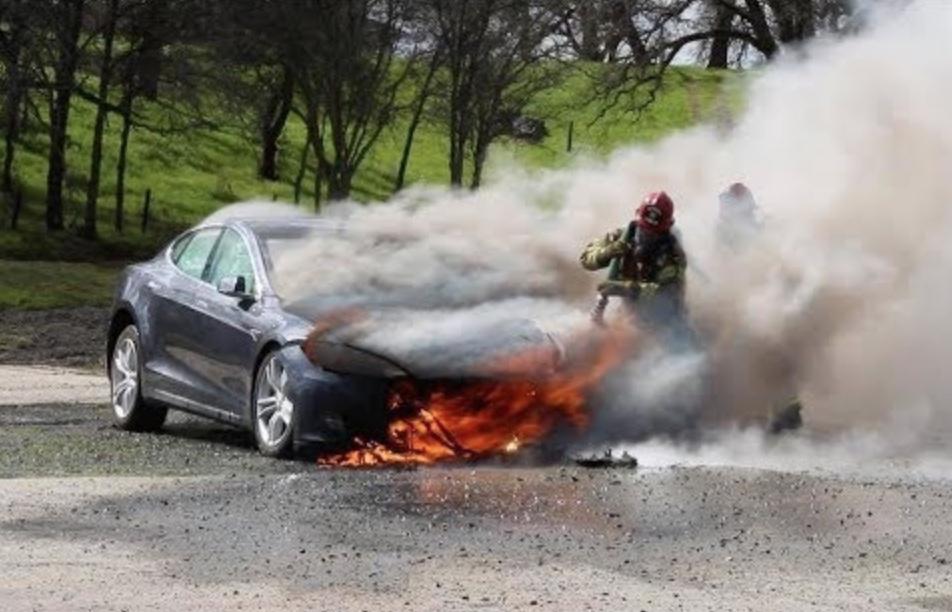Drive Electric, the e-mobility not-for-profit, has brought global EV fire safety experts, Emma Sutcliffe and Dan Fish, to New Zealand to host Electric Responder LIVE (2-7 September) in the major centres. They’re here to educate first responders and owners of charging stations about the hazards of EV fires.
The general public may have the impression that EVs catch fire a lot but the truth is the opposite. EVs are roughly 20 times less likely to catch fire than ICE cars. It’s just that the fires, if they do catch hold, are more dramatic and much harder to extinguish. Around 15 per cent of EV battery fires occur while the vehicle is charging.

There are approximately 110,000 EVs in New Zealand and there have been six fires recorded, with no injuries or fatalities. None has occurred during EV charging. Two resulted from crashes and two were caused by a fire in a house where the EV happened to be parked.
The average household has around 33 lithium-ion batteries, most of which are at low risk of catching fire. A range of items contain such batteries, including computers, power tools and small devices, personal mobility machines, EVs and battery storage systems. The risk if thermal runaway occurs is generally low but is moderate with EVs and power tools and high with personal mobility devices. In most cases, especially with smaller battery fires, submersion is effective but with larger batteries it is preferable to let the fires burn themselves out.
It is important to track EV fires and incidents because currently the risks and hazards associated with these are unclear. Sutcliffe commented “There’s enormous uncertainty around how to manage those incidents safely.” More data is needed to ensure the safety of first and second emergency responders.


